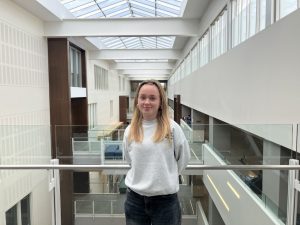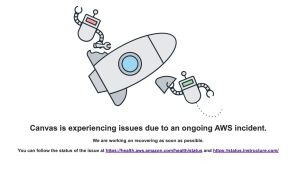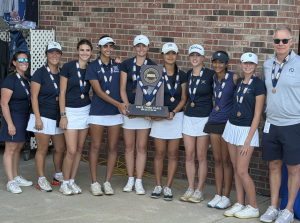Student support time: Can students handle the freedom?
February 7, 2022
Student support time: The newest New Trier phenomenon born out of a coronavirus-induced block schedule. A rotating schedule where one class is shortened to 40 minutes instead of 80 every pair of blue and green days.
Responses among sophomore students were overwhelmingly positive.
“I like it because I don’t have any free periods otherwise, so it gives me time to do my homework and relax,” Maddie Brady said.
Annabel Sturgis saw another advantage. “I was having trouble meeting with my teachers when we didn’t have overlapping periods, but now I have more time to meet with them with the 40 minute breaks.”
Megan Trubey worried at first that SST would complicate her schedule, “but when it actually started happening it was really simple to understand, and it was nice because I got free time.”
“Even if I don’t need the time to meet with my teachers, it’s an opportunity to have some down time, or do the work that I need to do so that I have more time for extracurriculars later on,” said Dawn Jang.
Teachers, however, are more ambivalent about the change in the schedule.
Math teacher Ms. Hillhouse said, “I think it’s too early to say, but I think it’s a good idea to try something to give kids an extra free period.” She agreed that kids might not know how to use their free periods now, but once they become more routine they should learn to manage their time. She also said that students should be allowed to do whatever they want during this time. Not every minute of the day needs to be productive.
Mr. Doctor, an English teacher, expressed some teachers’ common concerns, “I think it’s worth it to explore. I hope we can come back with data to see how productive students have been in using their time.”
Students have more freedom now during the course of their school day. Some can go to the library, some can meet with teachers, and some can take a much needed break.
“I think it’s a great opportunity for students to have that time and I think it’s imperative for us as staff to help students use it wisely,” said Ms. Rodgers of the Social Studies department. She takes a different perspective on the idea of student productivity, saying that the use of this time falls not just in the hands of students, but is a responsibility of teachers as well.
While students are pleased with newfound freedom, there is one main downside. “Truth is, we are losing education time. We are losing some of that opportunity to continue strengthening certain lessons,” said Mr. Doctor.
Right now, this is a new program that is still in an experimental phase. “As the semester progresses we will figure out how this whole thing works,” Math teacher Ms. Hammer said. “It kind of eases kids’ stress, like, ‘I have some down time. I don’t have to listen to my teacher drone on about—inverse functions.’”










































